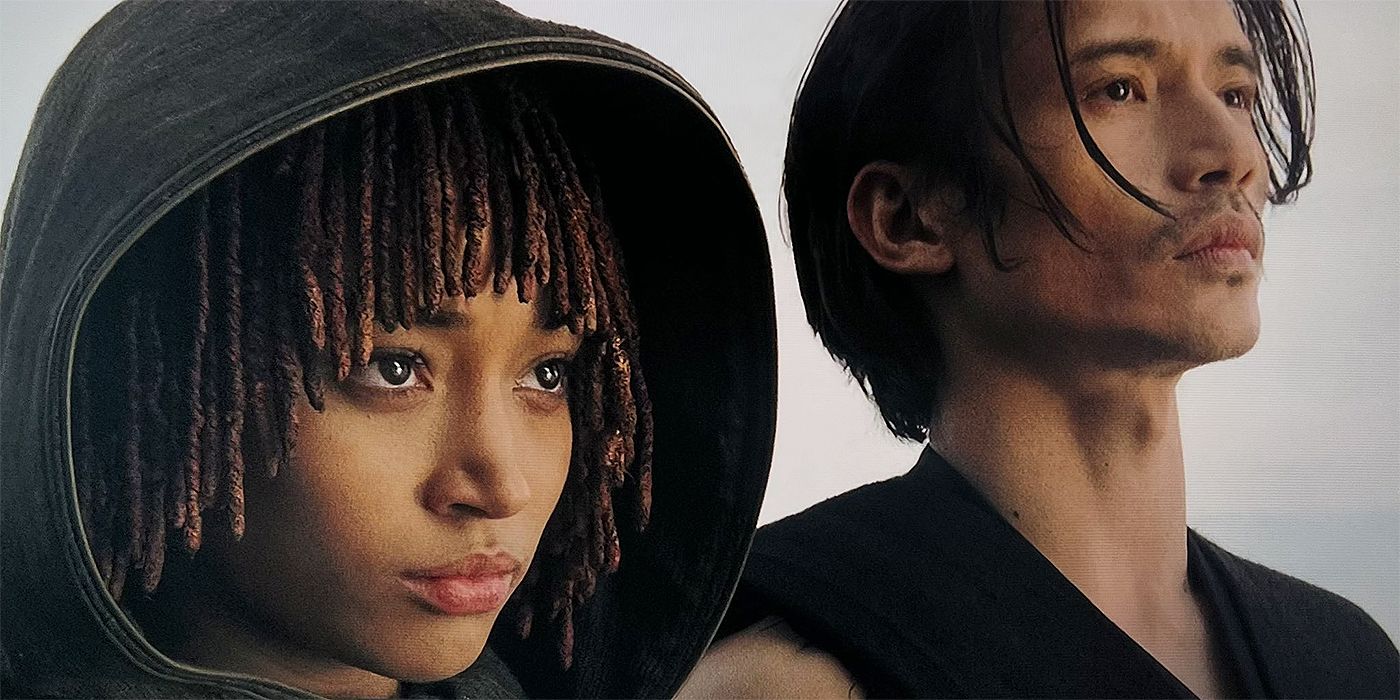
The Acolyte sticks the landing as Star Wars‘s finest dark romance because it affords enough space (even though the series could’ve benefited from longer episodes) to the interlocking elements needed to support that feat. Headland realizes this villain origin story with distinct thematic clarity, richly textured lore, a top-notch production, and a phenomenal cast who serve face cards no business in the galaxy would deny. Qimir and Osha might not kiss, but fans have enough delicate hand-grazing and soulful eye-gazing to tide over our thirsty souls (because, hopefully, this isn’t the last we’ve seen of The Acolyte). These two offer a franchise dynamic that runs counterintuitive to our expectations: a Dark Side apprenticeship rooted in equality. Osha and Qimir’s power balance involves vulnerability, empathy, and respect. Those aren’t the ways of the Sith. Oshamir, as Headland dubbed the pairing, is just built different.
Osha and Qimir Are a New Kind of Star Wars Romance
Some enemies-to-lovers romances need a redemption arc. A character correcting their flaws is the trope’s default resolution, especially since there must be a moral or situational reason why these opposing parties despise each other in the first place. Fewer romances sanction a less palatable but just as satisfying happily ever after where the “bad” half corrupts their “good” love interest — at least, not the romances seen in blockbuster IPs.
Star Wars has delivered every flavor of reluctant antihero throughout the decades. Sympathetic villains seemed a step too far, even though several antagonists were painted with tragic strokes. By that argument, Rey (Daisy Ridley) and Kylo Ren/Ben Solo (Adam Driver) couldn’t fall into any romantic category except the redemptive enemies-to-lovers. Rey, the sequel trilogy’s protagonist, can tap into her ferocious anger but never find darkness empowering; a heroine pivoting to gaslight-gatekeep-girlboss would violate the franchise’s optimistic tenants.
Until projects like The Acolyte and Andor, Star Wars hadn’t had the creative freedom to put its thorniest philosophical deliberations into broader, and, conversely, more nuanced, practice. The series tracks Osha’s downfall every step of the way. Consequently, hers is the franchise’s most humanized and compelling corruption arc to date. That’s not to discredit Anakin Skywalker, a young man born to prophecy and manipulated by a tyrannical abuser as part of the latter’s scheme to conquer the galaxy. Osha, her origins aside, is “just” one woman — not the Chosen One. She isn’t misled by an elite megalomaniac but by Sol (Lee Jung-jae), a Jedi who let his emotions dictate his judgment as unrepentantly as any Dark Sider, the repercussion of which shattered two girls’ lives.
‘The Acolyte’ Humanizes Osha’s Fall to the Dark Side
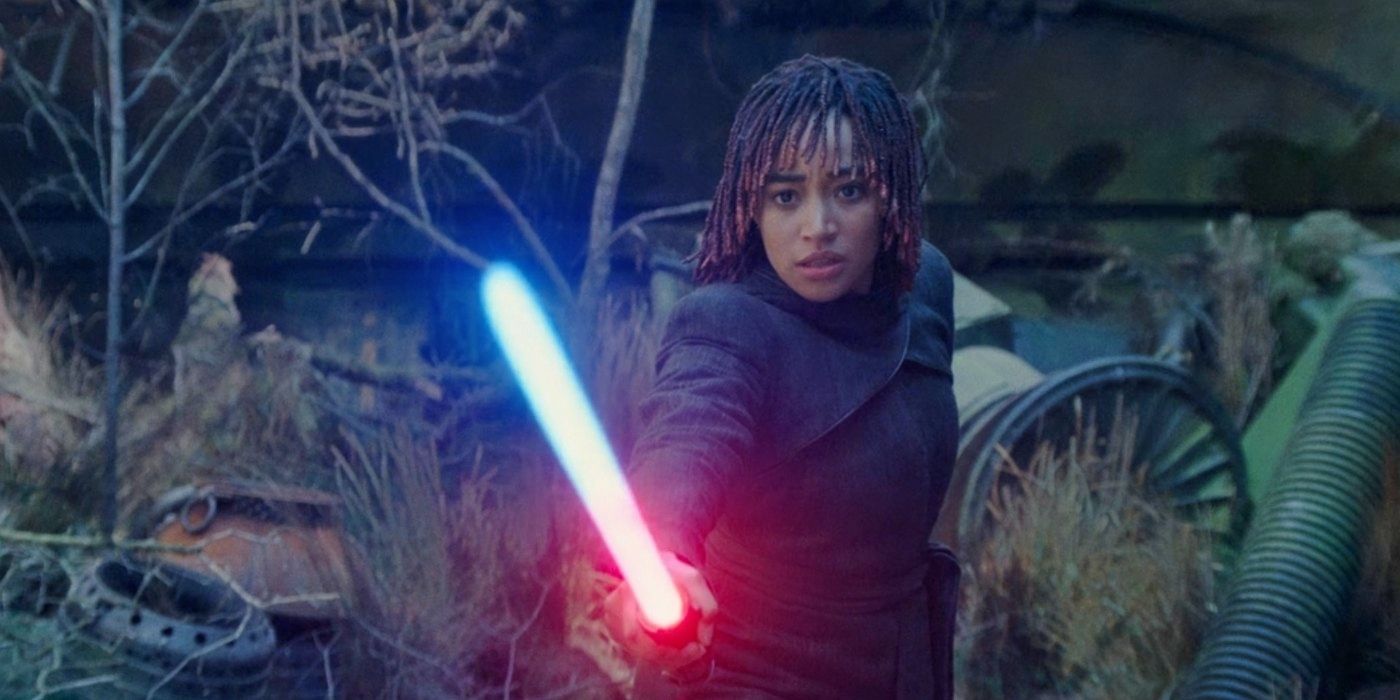
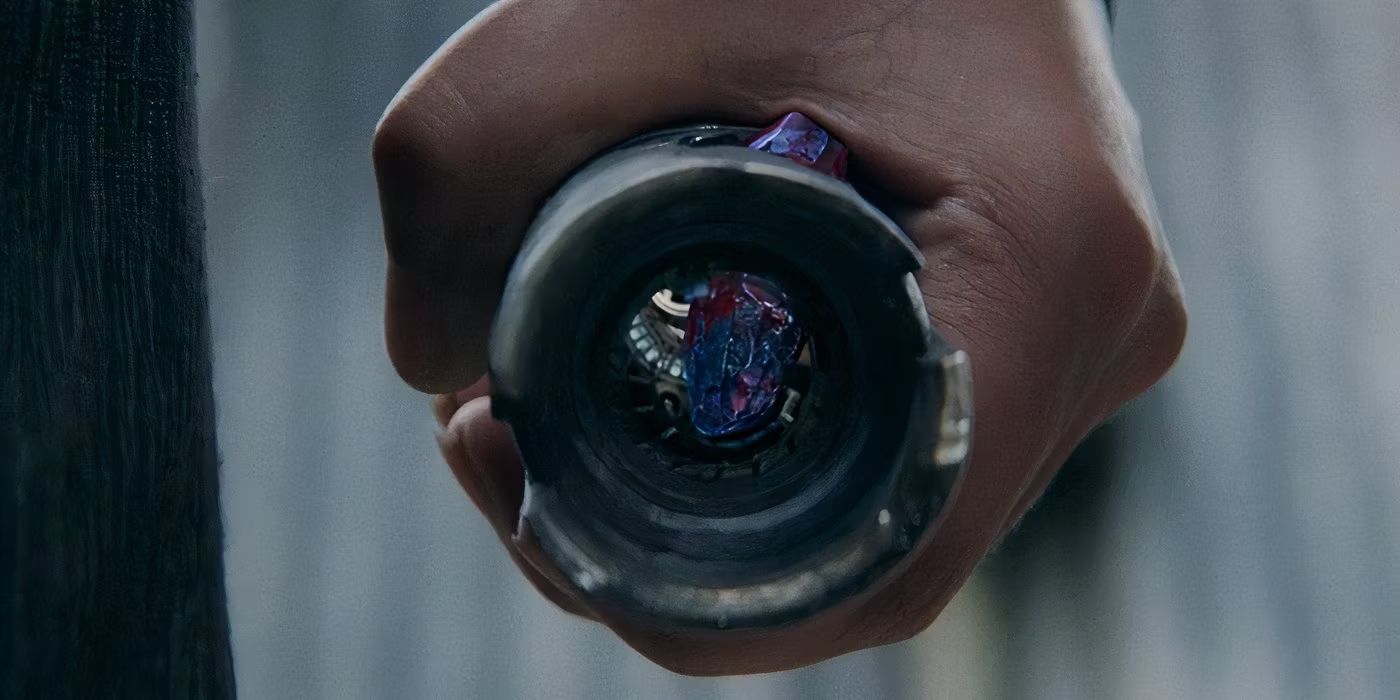
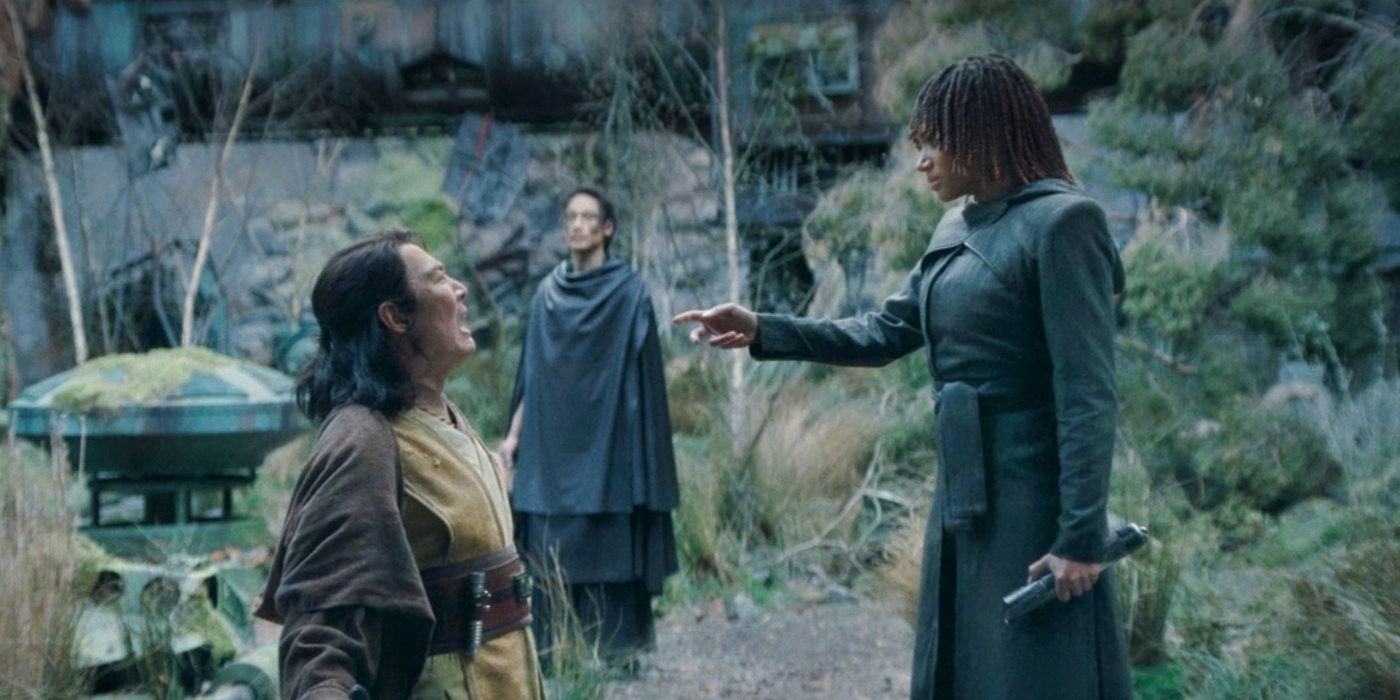
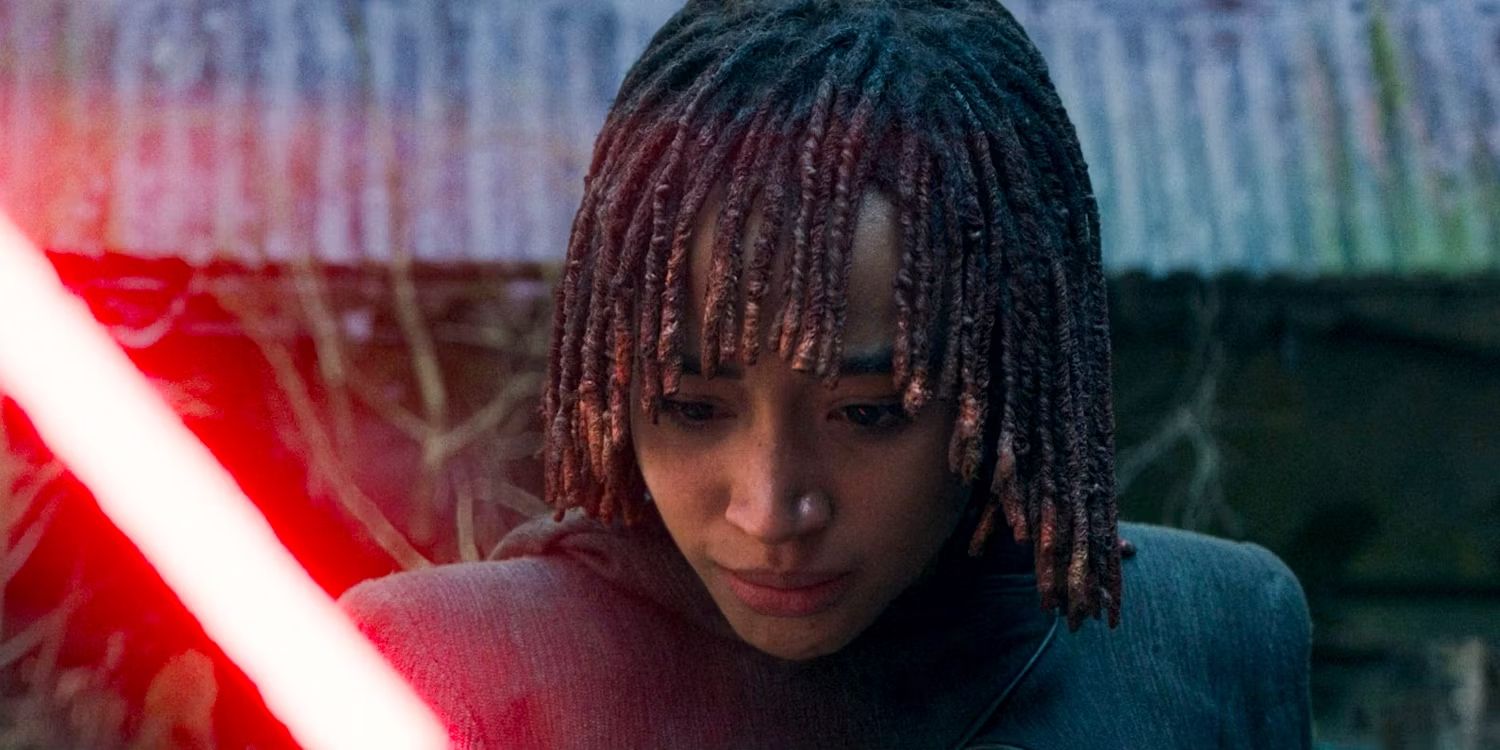
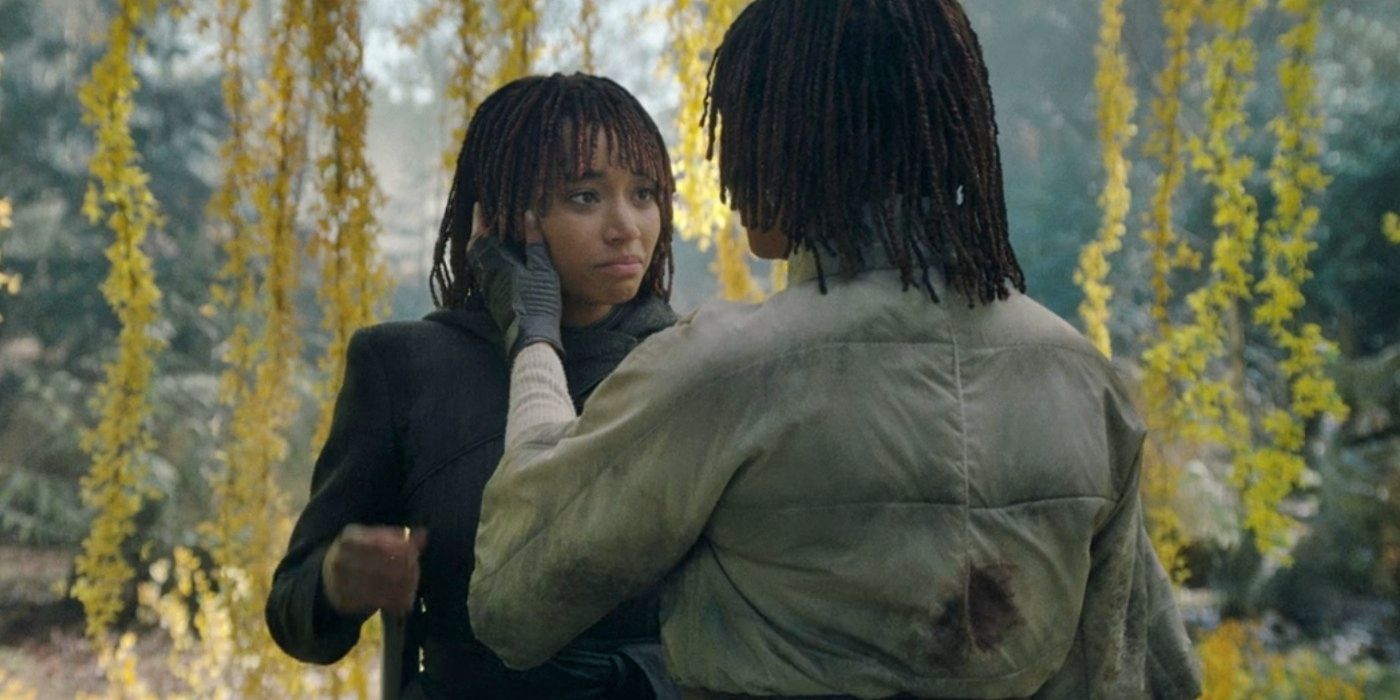





The Acolyte posits why someone with good intentions (that thing hell’s road is paved with) would embrace the Dark Side, and earns the classification of a character study. Osha doesn’t covet unlimited power. She turns because the institution she idealized profoundly failed her, with the worst perpetrator being Sol, the father figure and guiding anchor she most cherished. If the series flipping Osha and Mae’s roles (and its refusal to absolve Sol’s failings) reinforces one Star Wars philosophy, it’s that feeling darker emotions is human nature, not a moral failing. What determines an individual’s fate is whether they let those emotions fuel their actions.
Once Sol admits the truth about Brendok, every raw feeling Osha’s repressed for 16 years floods to the surface. Betrayal, disillusionment, loneliness, and fury poison her heart, represented by her subconsciously bleeding Sol’s kyber crystal from blue, that ultimate Jedi color, to an equally recognizable red. If an acolyte’s agenda is to “kill the dream,” then Sol’s hypocrisy kills Osha’s innocence without outside help. His lightsaber is already contaminated; he killed her mother with that weapon. When Osha murders Sol with the Force, reclaiming her stolen agency probably isn’t Osha’s conscious goal. Once she indulges in a definitive choice to kill, it occurs nonetheless. A story as inherently Star Wars as The Acolyte allows for this kind of systematic interrogation of deeply complex moralities. Becoming a villain isn’t an empowerment that applies to anything except fiction, which exists to reflect all sides of the human experience — and villains serve vicarious purposes.
By their very nature, the twins exist outside the Jedi’s pedantic semantics and rigid binaries. When Mae asks Osha what she wants, however, it’s the first time Osha truly possesses the independence and transparency to decide — to choose non-conformity. Avenging her mother by killing Sol doesn’t make Osha instantly sadistic; she holds his corrupted red saber with shame. A lifetime spent admiring the Jedi also doesn’t preclude her from acknowledging what that color means and embracing the Dark Side of her own volition. Through Osha, a woman who tries to heal her childhood scars by dedicating her life to heroic principles, only to fall short because of the irreparable pain blooming inside her (and an establishment designed to weed out people like her), we empathize with someone who finds themselves compelled to, then viscerally liberated by, darkness. The Acolyte is Osha’s story. Taking that narrative tack enriches everything in her orbit.
Qimir Is a Complex Villain
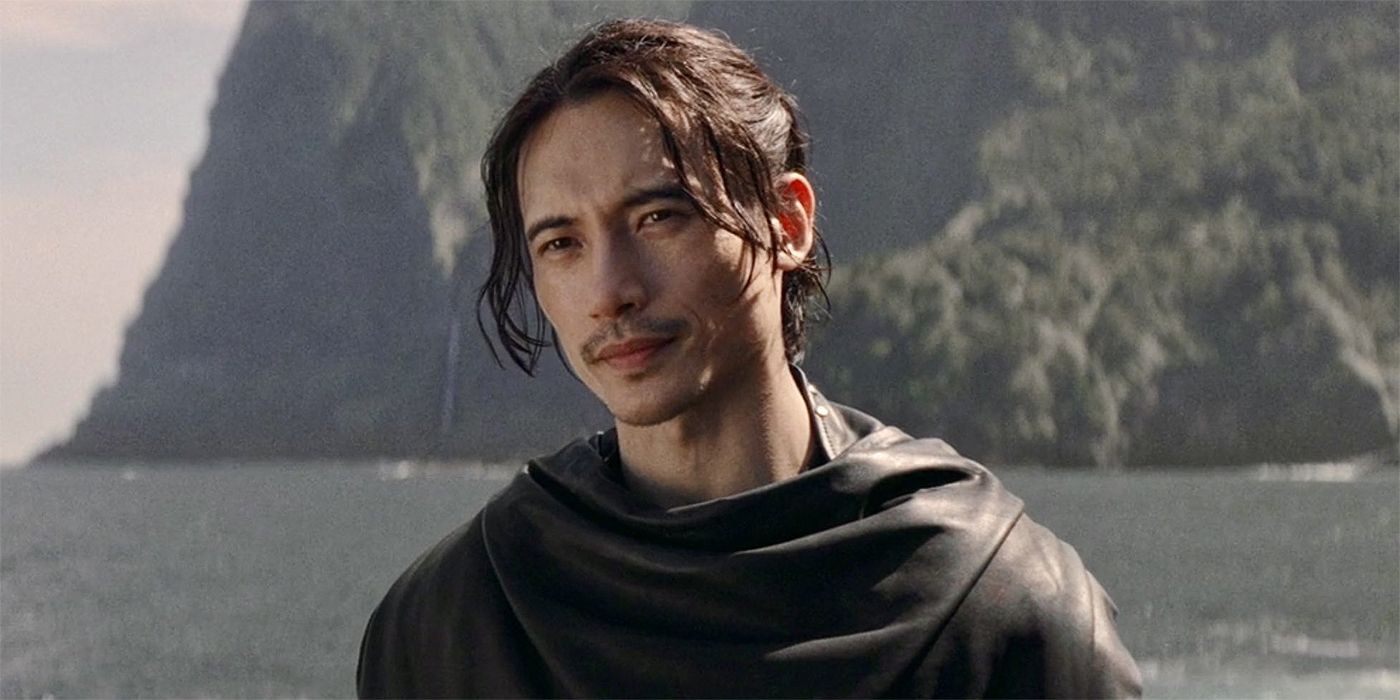
That includes Qimir, as rare a Star Wars antagonist as Osha is an antiheroine. Episode 8 keeps him opaque, but Headland’s post-finale conversation with Collider confirmed his narrative role; he represents freedom from structurally imposed bigotry, constraints, and dichotomies. He wants to live his life without being hunted, and accumulating greater power equals greater freedom. Yet Qimir doesn’t call himself a Sith, the galaxy’s ultimate power-grabbers. The close-minded Jedi have no word for him except “Sith.” Jacinto’s performance, a synergy of foreboding and reserved softness, gives the impression that Qimir craves whatever the “power of two” entails as a means to an end — and his search for an acolyte mirrors Sol’s desperate hunt for a Padawan.
Where the two fundamentally diverge is one of The Acolyte‘s richest points of moral contention. Sol “protects” Osha by evading responsibility, withholding answers, and issuing commands. Qimir, the sinister and unashamed mass murderer, values Osha’s consent. He does try to persuade her for his benefit; if he didn’t recognize Osha’s potential, he wouldn’t make her an exception to his “kill all Jedi” rule. Ultimately, he respects her will, power, and personhood — and tempts her with surgically precise insight. Qimir prods her wounds to make Osha admit her pain and evolve past it.
The female gaze centers emotional sensuality as much as it admires objects of physical desire. Occasional vulnerability creases Qimir’s face: longing, tenderness, compassion, frustration, concern. In the finale specifically, Headland confirmed that he indeed moves to console Osha after Sol’s death (the first of multiple hand touches). Qimir witnessing Osha’s descent enhances their bond. Both of them believed in the Jedi and endured betrayal. She crosses a line most consider irredeemable, and he’s neither gleeful nor condescending toward her visceral agony. He just understands. Most pivotal of all, it’s Osha who initiates their mentor-apprentice relationship. The woman once intent on killing him extends her hand, and they bargain like equals.
We’ve Never Seen a Sith Dynamic Like ‘The Acolyte’ Before

Only once they’re alone again does Osha let Qimir gently enclose his hand over hers in a reassuring hold. This is a partnership; he’s walked this path and accepts everything her identity entails without any perceived insult towards her independence. (Qimir’s wife guy potential is off the charts.) With Qimir, Osha’s no longer forced onto society’s fringes, risking her life in an irrelevant job and being impossibly alone in every crowded room, kept in the perpetual emotional dark with her powers smothered and choices negated. One-sided skinny dips are one thing. Holding hands while Osha clutches Sol’s old lightsaber is the most tantalizing intimacy yet in a relationship that’s been refreshingly honest, egalitarian, and overtly sexual since day one.
A Sith mentor and pupil can’t be equals. The Rule of Two exists to consolidate the Sith’s power. Yet here Qimir and Osha stand, defying even the Dark Side’s restrictions. They are tutor and disciple, “Sith” and acolyte, fallen Jedi exiles bonded by shared suffering. Perhaps the real power of two is a pair of mismatched souls united in space wizard evil and the frankly unbeatable aesthetics of red lightsabers and dark, fitted clothing. Unlike Rey and Ben, Osha isn’t going to push Qimir to fix himself. She’s into it, and the feeling’s mutual. (Is something truly a red flag if red is my favorite color?)
Between its influences, breathtaking fight choreography, and philosophically ambitious themes, The Acolyte is a magnificent achievement. As for Oshamir, forget the Titanic: this is the ship of dreams. A sympathetic antiheroine with the galaxy at her feet and a brooding king at her side — are you kidding me? After 47 years of clearly delineated clashes, it turns out that neither the Jedi nor the Sith Orders are monoliths. Armed with a new understanding of herself, Osha finally has a master who recognizes the same and the freedom to choose her fate. It’s a good thing I support both women’s rights and women’s wrongs.





